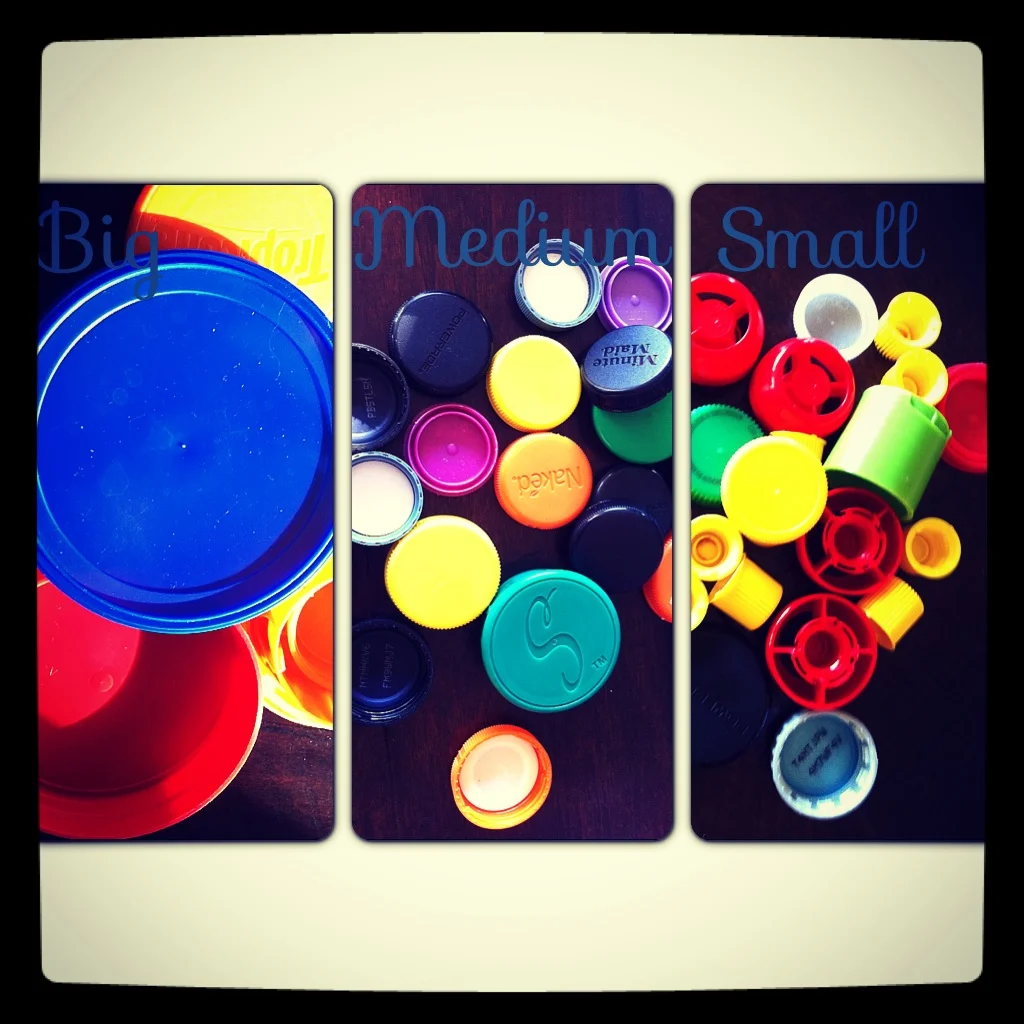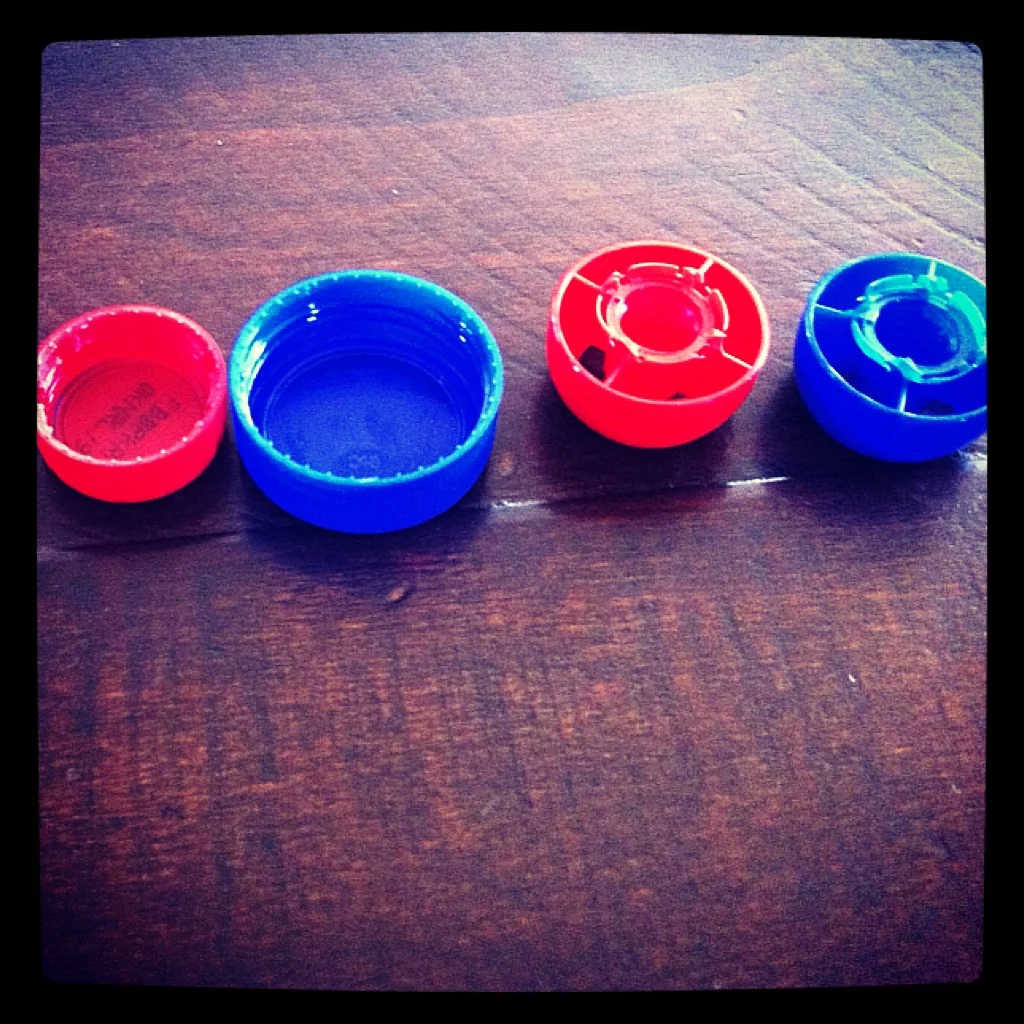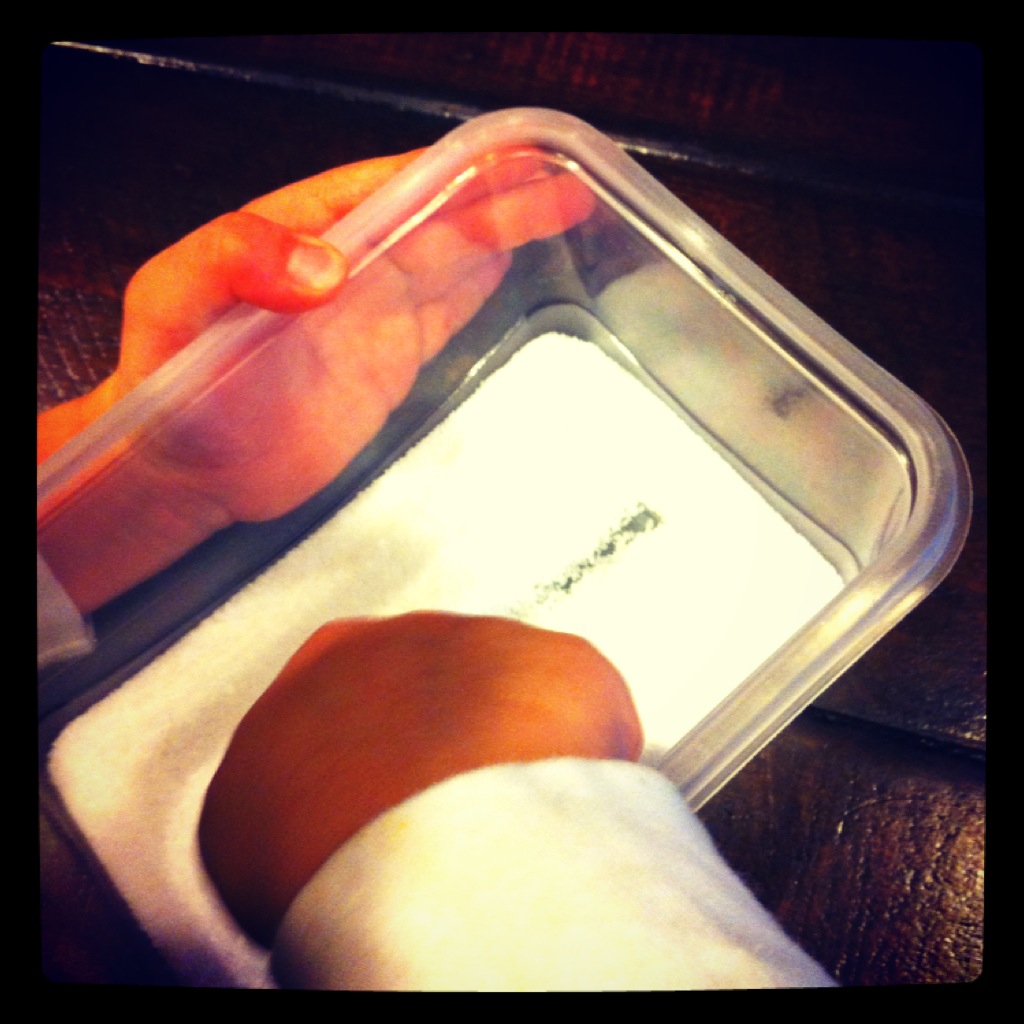Stuff A Turkey
Although you may have forgotten, what with all the Christmas decorations crowding the stores already, Thanksgiving is rapidly approaching. And I could think of no better way to prepare my household for one of my favorite holidays than a little stuffed turkey. Okay, so it's not a real turkey, its a crafty little stuffed paper bird, but think of the fun you'll have putting it together. All you need to make this festive little guy is construction paper, a paper lunch bag, a pencil, kid safe scissors, and a glue stick. Oh, and I later discovered you need newspaper and maybe some packing tape (not pictured).
First have your child trace his/her hand onto various colored construction paper. The hands will be the turkey's feathers so we used yellow, orange and red. My four-year old son was really excited about this because it was something he could do all by himself.
For the very observant readers, no he is not left handed, but insisted on tracing his right hand because he had a "boo-boo" on his left hand and didn't want to injure it further by spreading his fingers out. He traced his hand twice by himself (on yellow and orange paper) and the last time he asked if I would do it for him (on red). Then comes the fun part...cutting. We had the "scissors are for paper only" talk and my son assured me he knew how to use scissors, "cause" he does "all kinds of cutting practice at school." I RARELY let him cut, although as a kindergarten teacher, I know how important it is to let your child have experience with scissors before sending them to school. I'm just a little afraid of haircuts and clothes or household item cutting. I was a kid once too you know.
So I gave my son the scissors and let him go, at first he was just hacking away. He had good scissor grip, but if I hadn't intervened the hands would've had no fingers. I helped him hand over hand with the first couple hands, showing him how to slow down and try to stay close to the tracing line, and then just watched as he cut the last ones. (Helpful Hint: fold the construction paper in half before tracing and you will get double the amount of hands in less time). We cut 5 hands altogether. After all the hands were cut, we assembled the turkey head. I pre-cut a large peanut shape out of brown construction paper and let my son glue on a pre-cut beak. He drew on some eyes and cut his own gobbler, you know that red thing that hangs down by the beak (at least I think that's what that's called).
Look at that nice pencil grip! I know, always thinking like a teacher. If I wasn't a teacher, would I even pay attention to those things? Now it's time to assemble the bird. Open the paper lunch sack and stuff it with newspaper. You are now stuffing the turkey!
After stuffing the turkey, you have to squeeze the top of the bag to form it's neck.
Next place glue on the bottom of the hands and make a bouquet of feathers. We tried gluing and sticking the hands directly onto the bag, but it was hard to get the hands to stick to the creases in the bag from the squeezing.
So glue all the hands together at the bottoms and use a rolled piece of packing tape to attach the hand bouquet to the back of the turkey. Use another piece of rolled packing tape to attach the turkey face that you decorated earlier. And you are left with a cute little stuffed turkey.
Gobble! Gobble!
















